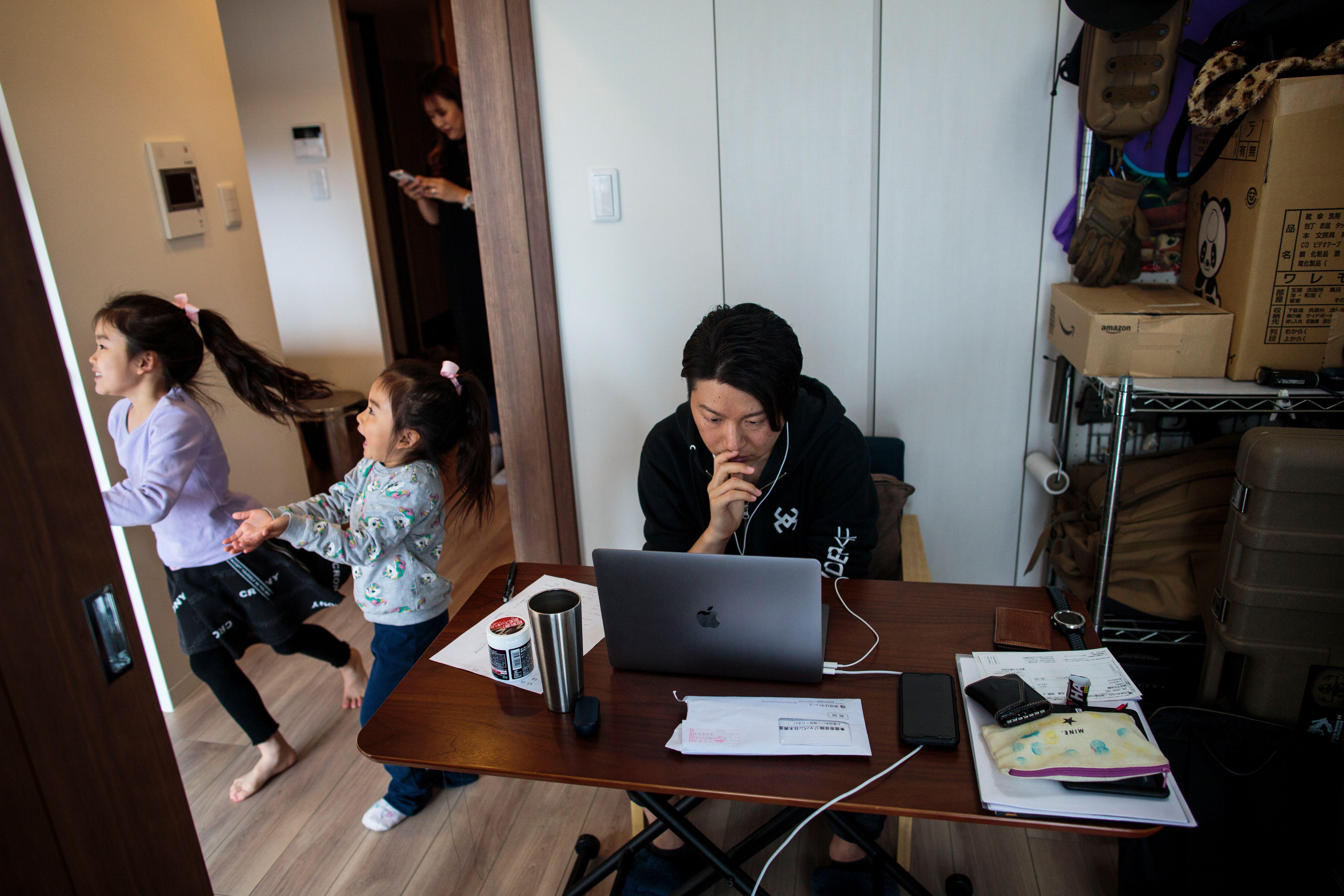work-life balance
Here’s how to design a work environment that gives control to employees and stimulates open conversation.
▸
with
You don’t need to completely automate a job to fundamentally change it.
A textbook pregnancy consists of three trimesters. The baby develops at a relatively predictable rate during this time, from pomegranate seed to avocado to watermelon. And mom’s body adapts accordingly […]
A new study from Iceland confirms that a shorter workweek improves productivity.
Everyone has pondered what they would do with an extra hour a day. Would they get more sleep or spend more time with family? Spend time on a side project […]
A year of disruptions to work has contributed to mass burnout.
Say hello to your new colleague, the Workplace Environment Architect.
Many workers moved home on the promise or hope that they’d be able to keep working remotely at least some of the time after the pandemic ended.
The pandemic has many people questioning whether they ever want to go back to the office.
We all know that work-life balance can be difficult, but do we make it harder on ourselves by how we choose to conceptualize the idea? More specifically, is the concept […]
Since 2015, the Women in the Workplace report has evaluated the successes of women in corporate America alongside the challenges they face. Sponsored by McKinsey & Co. and Lean In, […]
Whose responsibility is it to ensure that there is affordable access to employment?
In her book The Art of Rest, one researcher conducted a thorough analysis of the top 10 activities we find most restful.
The best time to start was yesterday, the second best is now.
Has lockdown made your pet extra clingy?
Lack of communication and collaboration are the biggest struggles facing remote workers.
From AI to climate anxiety, youth are speaking up about mental health.
Finances can be a stressor, regardless of tax bracket. Here are tips for making better money decisions.
▸
15 min
—
with
Six in 10 people say poor mental health impacts their concentration at work.
Pandemic-inspired housing innovation will collide with techno-acceleration.
Finding a balance between job satisfaction, money, and lifestyle is not easy.
▸
14 min
—
with
Research suggests we need to create a new kind of work-life balance to prevent burnout while working from home.
Most people don’t know what they’re passionate about.
▸
7 min
—
with
It’s normal if you’re not productive in your creativity all the time. Even the greats took breaks.
▸
4 min
—
with
Removing the pressure of finding your “dying passion” makes it easier to connect with the “why” of your work.
▸
3 min
—
with
Here’s how corporations can bring women out from the “leadership pipeline” and into actual leadership.
▸
4 min
—
with
None of us know where this is heading, but we can still learn from the moment.
How you think about your work alters your relationship to it.
▸
3 min
—
with
A clean work space, plants, and putting on the right pants all make working from home easier, according to science.
While we might not love the idea of deadlines, they can be cause for some of our greatest creative work.
▸
3 min
—
with





























